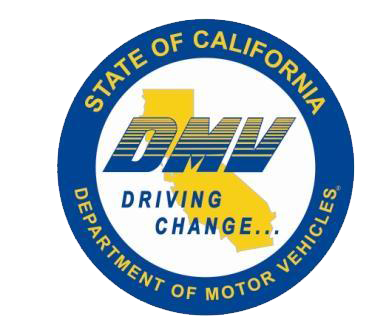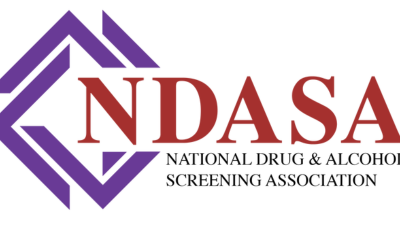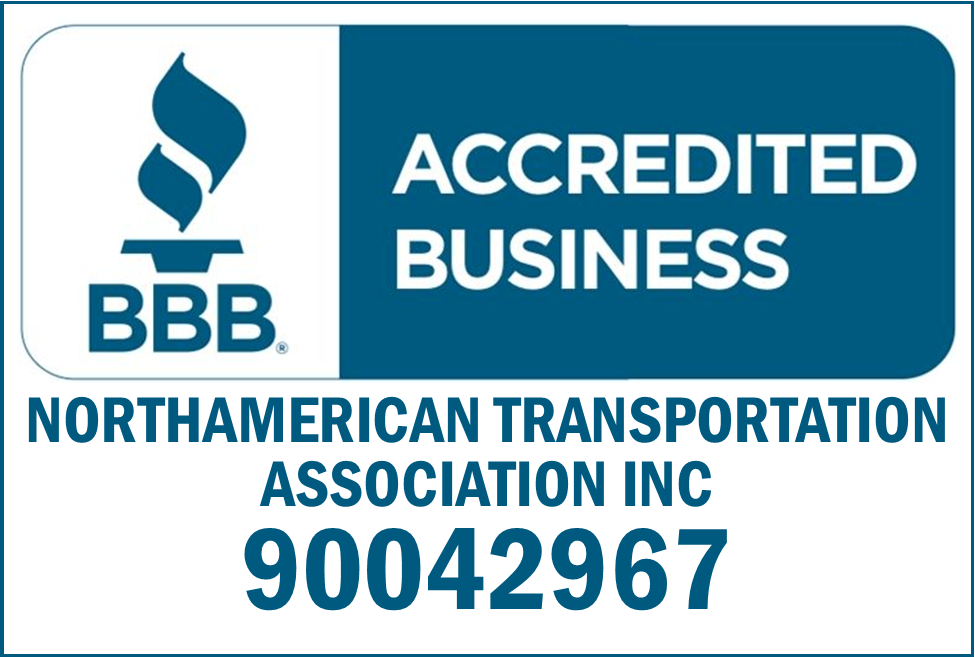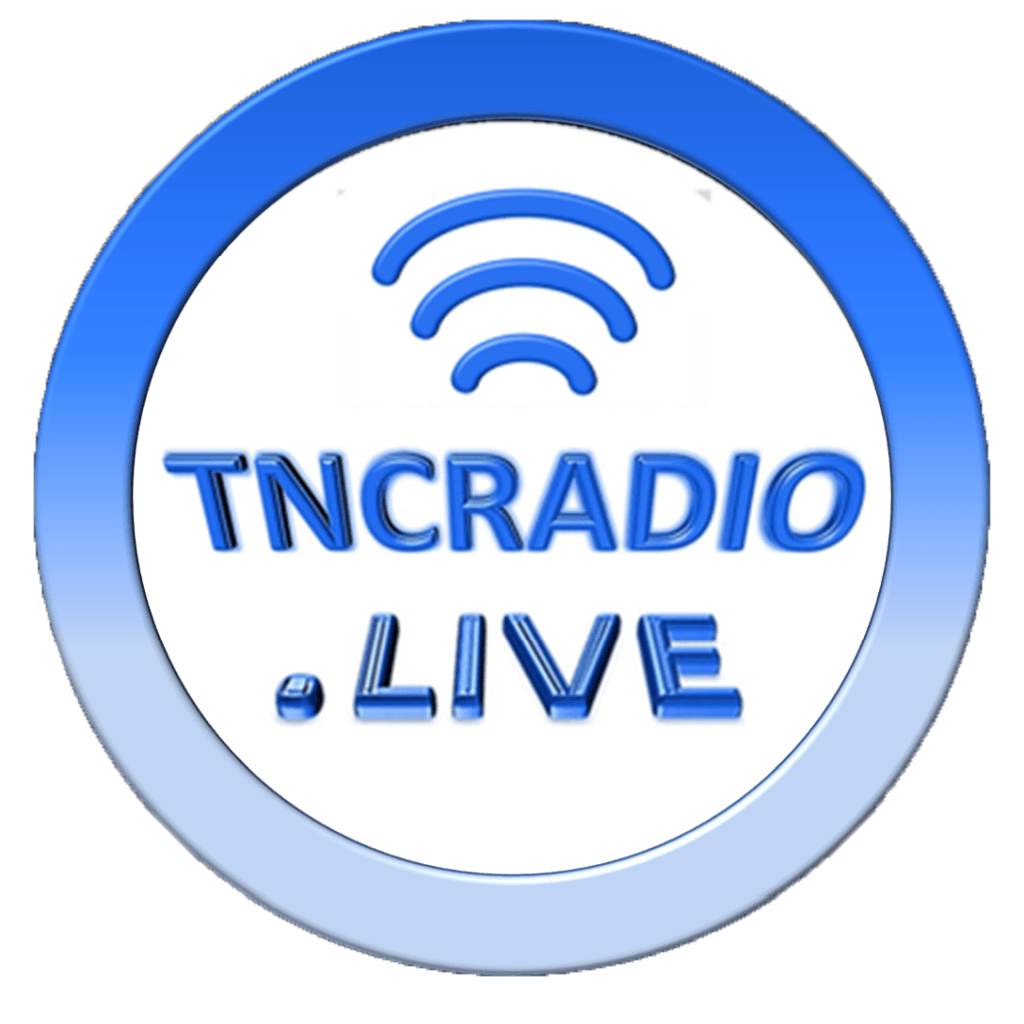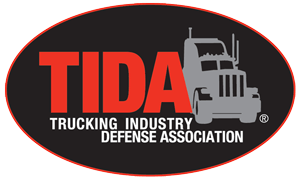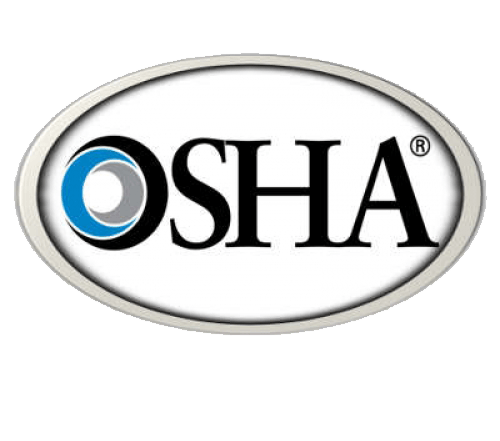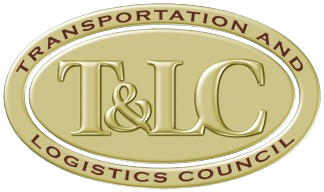USDOT Number Triggers New Entrant Audit
When a carrier registers with the Federal Motor Carrier Safety Administration (FMCSA) they receive a new USDOT number. But they also receive a figurative red flag to wave that says, “Hey look at me, I’m regulated now!” And “look” the FMCSA will. In fact, the new carrier will be closely observed for at least eighteen months and undergo an audit to make sure the carrier is operating compliantly with the safety regulations and has all of the necessary credentials in place.
The FMCSA tries to get the new entrant audit done within the first twelve months for property carriers and within three months for passenger carriers. If there’s any regulatory agency and program that tries to live up to the saying “we’re from the government and we’re here to help,” it is the FMCSA and the new entrant program. However, unlike a compliance review with a conditional rating, after a new entrant audit, the carrier receives either a passing or failing grade. For this reason, it’s important to make sure that all of the ‘i’s are dotted and all the ‘t’s are crossed from a compliance and credential perspective.
During the audit, the inspector will review the new entrant's safety management systems and a sample of required records to assess compliance with the federal motor carrier safety regulations (FMCSRs), applicable HMRs and related record-keeping requirements. If the FMCSA determines the safety audit discloses the new entrant's basic safety management controls are inadequate, the agency will provide the new entrant written notice that its USDOT new entrant registration will be revoked, and its operations placed out-of-service unless it takes specific actions.
Carriers are required to maintain certain types of records related to their business operations including (but not limited to):
- FMCSA registration including the updates that are due every other year
- Proof of insurance
- List of drivers and driver qualification files
- Motor vehicle record (MVR) for each driver
- Operator’s licenses or commercial driver’s licenses (CDL)
- Medical certificates for CMV drivers
- Drug and alcohol testing records
- Records of duty (logs), ELD, timecards, and supporting documentation
- List of vehicles and inspection history
- Accident register
A new entrant also needs to ensure that they have in place any additional applicable credentials:
- Interstate for-hire authority
- Intrastate authority or state registrations (may be needed even if a private carrier)
- Vehicle registration
- Fuel tax records and reporting
- State weight distance taxes
- Internal Revenue Service Heavy Vehicle Use Tax (HVUT)
- Unified Carrier Registration (UCR)
Before you start waving the “Here I am, come regulate me!” red flag, it is beneficial to make sure each filing is done right, and the proper credentials are in place. As paraphrased from a famous army general’s quote, “There’s things we know, there’s things we don’t know, and there’s things we don’t know we don’t know!”
This is exactly why small to medium private companies and motor carriers should join a transportation association such as the NorthAmerican Transportation Association. Just go to:
https://www.ntassoc.com/join-the-nta or call us at 800-805-0040 ext 102.
Content Disclaimer: Due to the constantly changing nature of government regulations, it is impossible to guarantee the total and absolute accuracy of the material contained herein or presented. NorthAmerican Transportation Association (NTA) cannot and does not assume any responsibility for omissions, errors, misprinting or ambiguity contained. NTA shall not be held liable in any degree for any loss, damage or injury caused by any such omission, error, misprinting or ambiguity present. It is made available with the understanding that NTA is not engaged in rendering legal, accounting or other professional service. If legal advice or other expert service is required, the services of such a professional should be sought.



